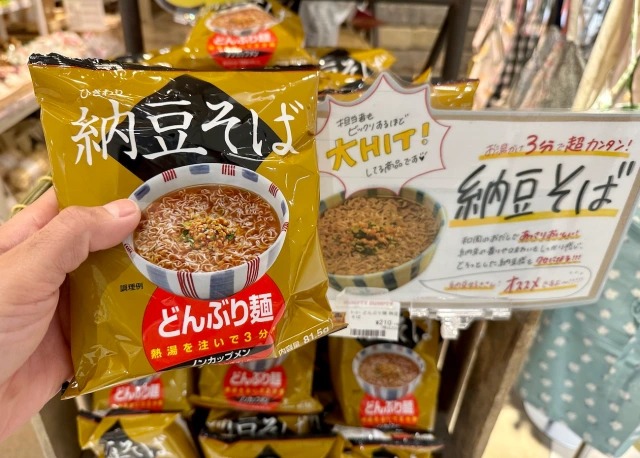
Is Natto Soba natto what it seems?
While out doing his daily shopping, our reporter Masanuki Sunakoma spotted something interesting at his local grocery store. This product called Natto Soba was prominently displayed and labeled as a “Hot Item” and “Big Hit,” which Masanuki found rather strange.
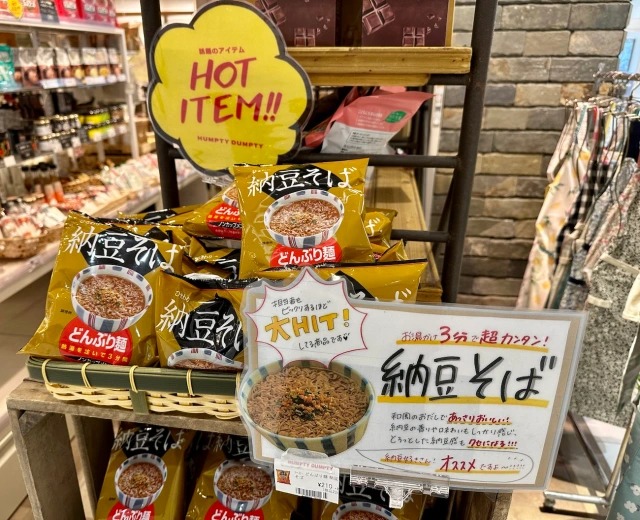
It’s not because Masanuki has any bias against the smelly fermented soybeans called “natto.” He was surprised because despite it being such a top seller the appeared to be no shortage of it in stock. Wondering if maybe he just caught it at a fresh shipment our reporter googled “Natto Soba” and didn’t get much, suggesting it wasn’t really a trending topic online either.
Nevertheless, at this point it was Masanuki’s moral obligation to try some of this suspicious stuff and see what all the fuss — manufactured or otherwise — was about. While grabbing a pack from the overflowing pile and heading to the checkout, our reporter scoped out all the other customers in the store, but nobody else had the “hot item” Natto Soba in their basket.

Feeling he might have been duped, he meekly paid 226 yen (US$1.72) and quickly tucked his noodles into his bag. It wasn’t until he got home that he examined the package, which said this was a product of Toei Foods in Seki City, Gifu Prefecture, home of Japan’s greatest swordsmiths and a pond that looks like something from a Monet painting.
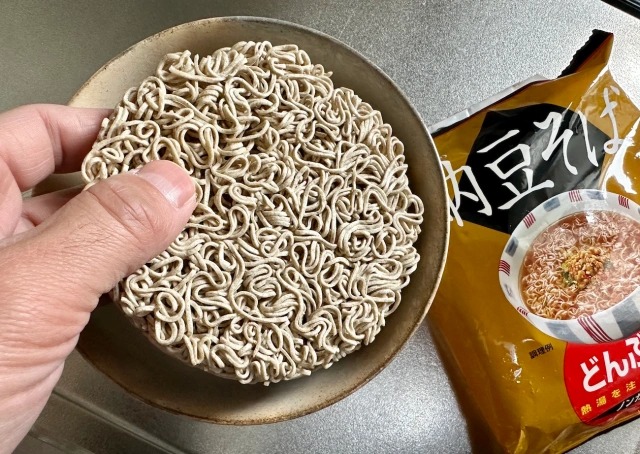
Like any instant noodle pack, Natto Soba was super easy to prepare. First, Masanuki put the dried noodles into a bowl. Then, he added the seasoning which included dried natto.
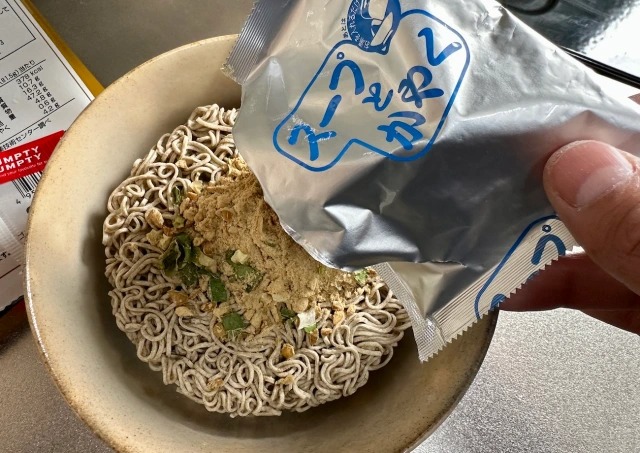
Next, he boiled some water and poured it all over the dried components.

Right away, the distinct smell of natto billowed out and all the tiny beans seemed to rehydrate to all of their slimy glory.
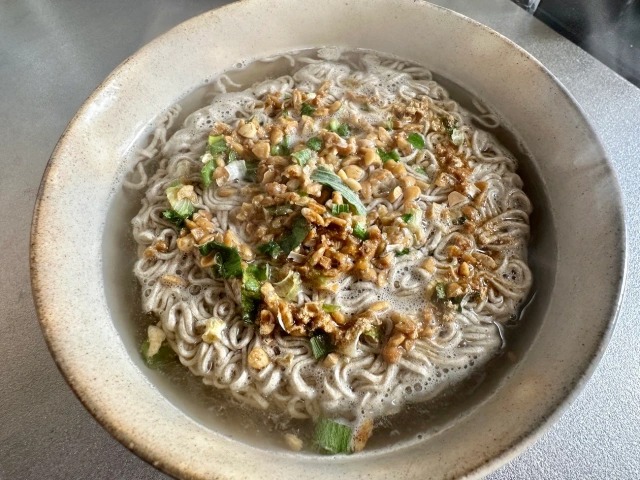
Masanuki didn’t mind the smell because he associates it with health and vitality, but he had to cover the bowl for the next three minutes to lock in the heat as is the norm for instant noodles.

Three minutes later, his “big hit” meal was ready!
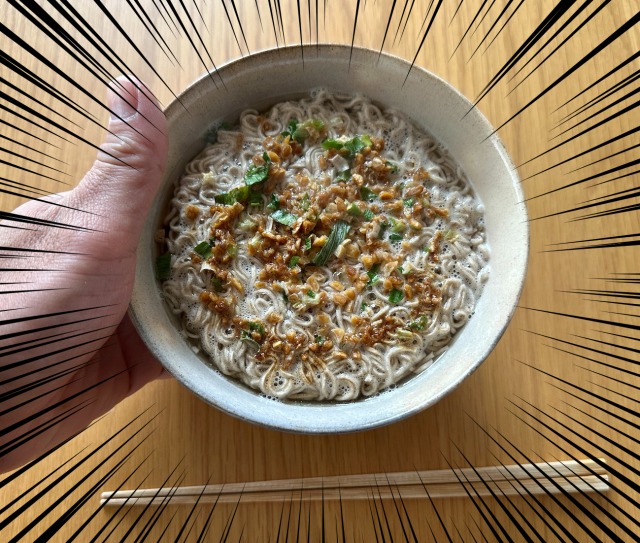
Looking at the finished product, Masanuki realized he had never actually had natto and soba together before. It’s not a common combination in Japanese cuisine, so do they even go together?
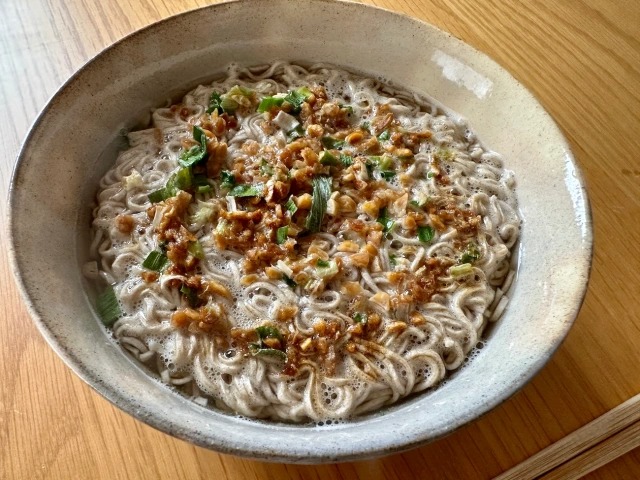
Not only did natto and soba go together, but they went together even better than he imagined they could. The seasoning of the broth was the perfect match for that unmistakable natto taste.

And the curly soba noodles were excellent at catching and locking in the beans and other ingredients so that each bite had a sense of balance and harmony. That smell from when the hot water was poured had died down considerably too and after a few bites there pretty much wasn’t any smell to speak of.

Part of the reason it tasted so good might have had to do with the absence of any artificial flavors in the seasoning. If our reporter had to find one flaw with Natto Soba, it’s that it might not be natto-y enough to satisfy natto maniacs, but it’s sure to give natto moderates and those merely tolerant to natto a pleasant surprise.
Whether this really is a “big hit” or “hot item” still isn’t clear, but as far as Masanuki is concerned it ought to be.
Photos ©SoraNews24
● Want to hear about SoraNews24’s latest articles as soon as they’re published? Follow us on Facebook and Twitter!

No hay comentarios:
Publicar un comentario